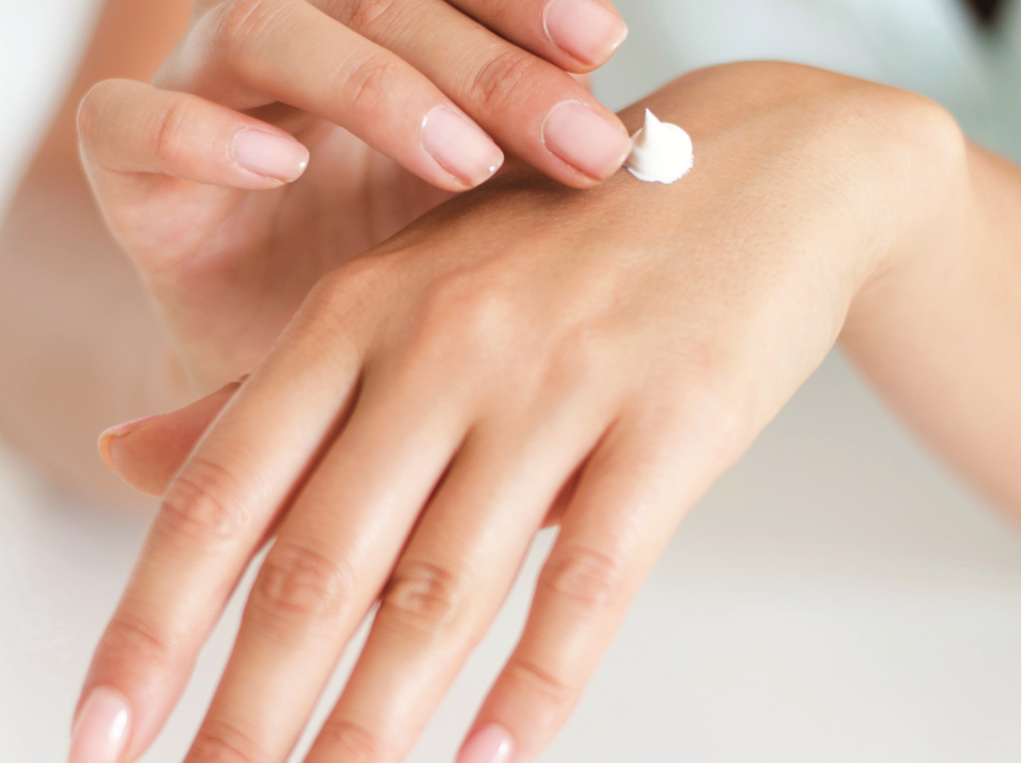
Why is it important to be mindful about what our skin absorbs?
We know that our skin in the largest organ in our body. But did you know that what we put on it can actually travel much farther than just the surface of our skin?
There are a plethora of topical (applied to the skin) products on the market. Nicotine patches, for example, are placed on the skin to help people quit smoking. Nicotine is absorbed from the patch through the skin and enters the blood stream, which reduces withdrawal effects.
Dermal absorption happens when a substance goes through the skin and travels into the body. Things we want to avoid are harmful chemicals, as they can damage organs if they penetrate the skin and enter the bloodstream. Commonly used in skin care products, we want to avoid toxic ingredients like parabens and phthalates, which mimic hormones. Chemicals that need to be kept off our skin are commonly used for lawn care. These include fertilizers, herbicides, pesticides, and insecticides. Read an article by Time Magazine about lawn care products here. The cleaners we use can also have toxic effects, so we can instead use safe ones like vinegar, witch hazel, Sal Suds and castile soap. Lisa at Dr. Bronner’s writes about ways to make your own, safe and inexpensive cleaners here, which will not harm your skin or body.
In the case of Magnesium, the true availability of a specific mineral in a supplement is described as “elemental.” It’s important to know that only 47% of the raw Magnesium material is actually absorbable into our bodies. This is what matters when we’re purchasing magnesium products.
Many retailers who sell Magnesium products claim the total amount is absorbable, when it really isn’t. Per teaspoon, our magnesium body butters contain 425 mg of Magnesium, in total. However, the labels state there is just over 200mg of Magnesium, because this is what is actually absorbed by your body. The absorbable percentage was computed by a chemist on our team, to ensure precise and exact calculations in our formulas. That means you can use one teaspoon per day and know you’re getting 200 mg that your body can actually use.
It is always a good idea to be cognizant of your own symptoms of low Magnesium. These can include fatigue, muscle cramping, an inability to focus, insomnia,and depression. The most common reasons we see our customers using topical Magnesium every day are for pain relief, anxiety, sleep, and sore muscles. Find out how a quick rub of Magnesium applied every day can help you.
Cheers, to taking good care of our skin and what we put on it!